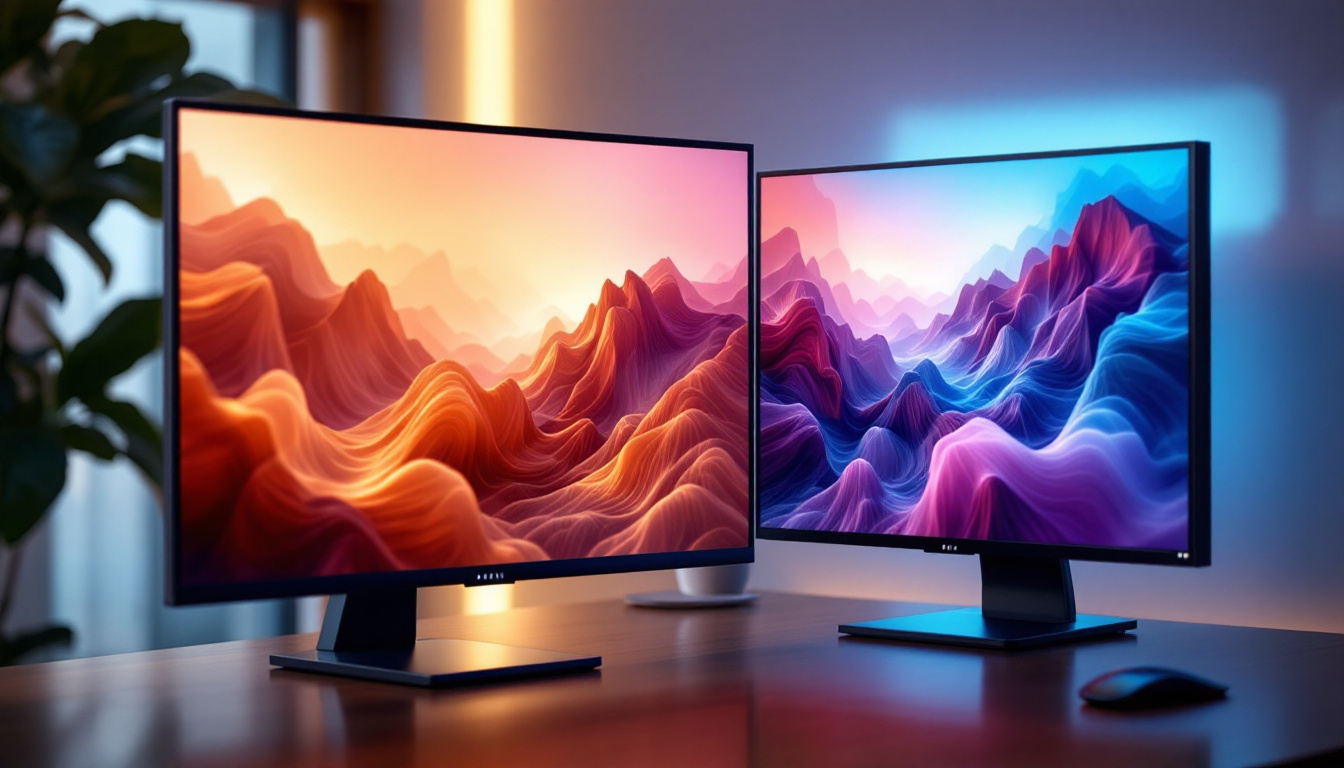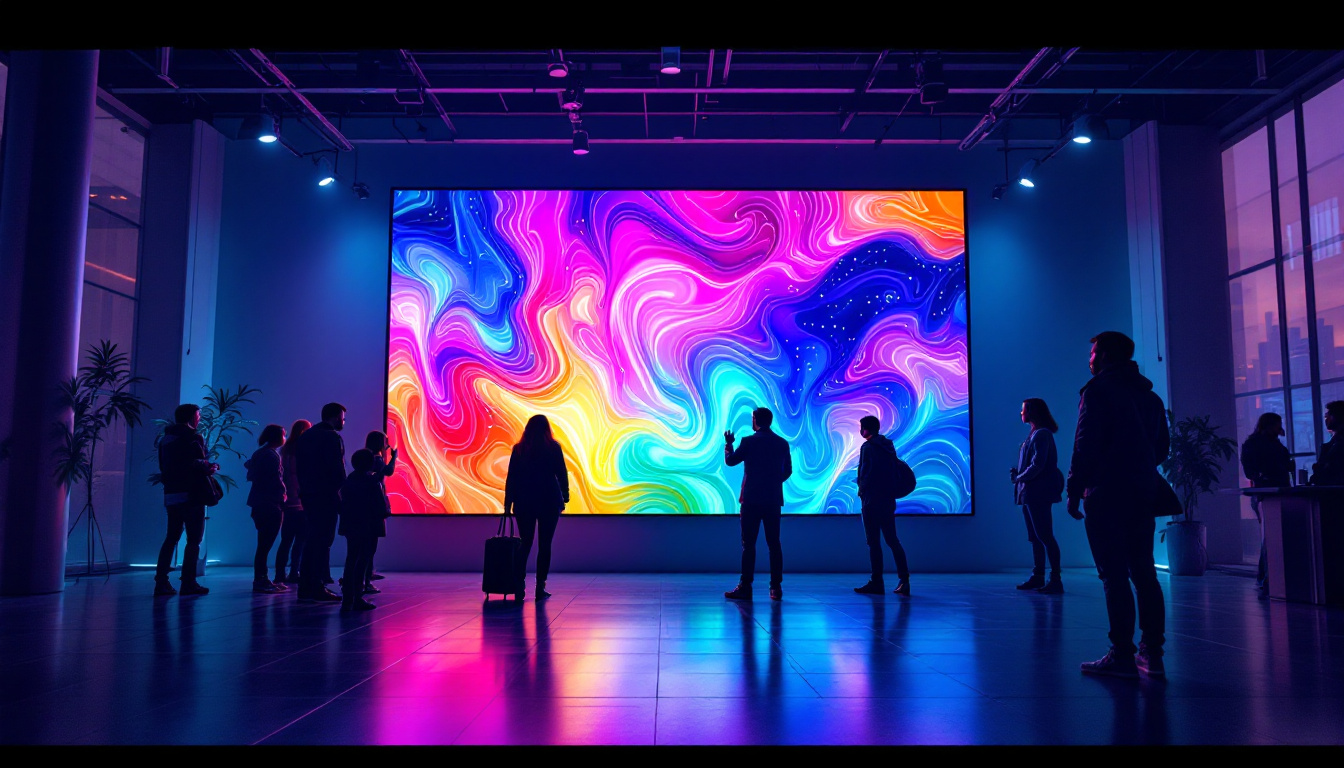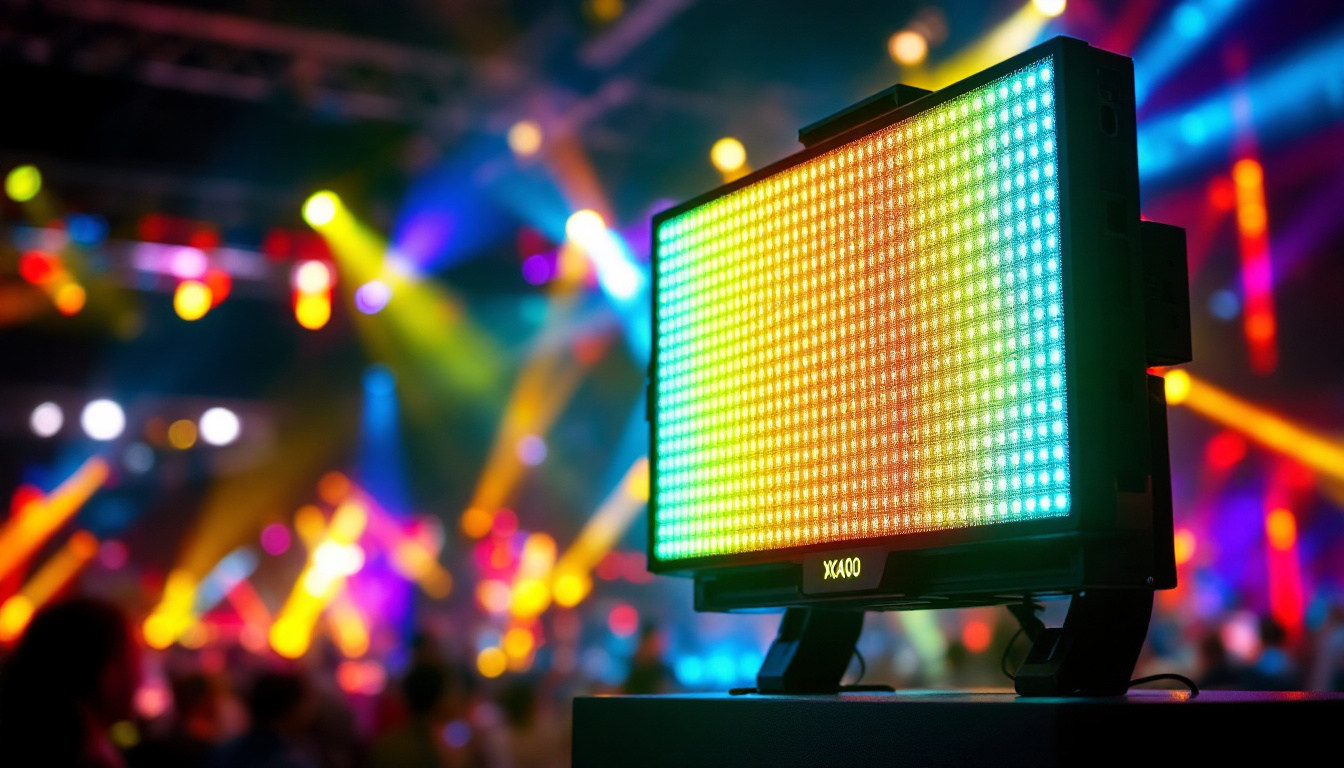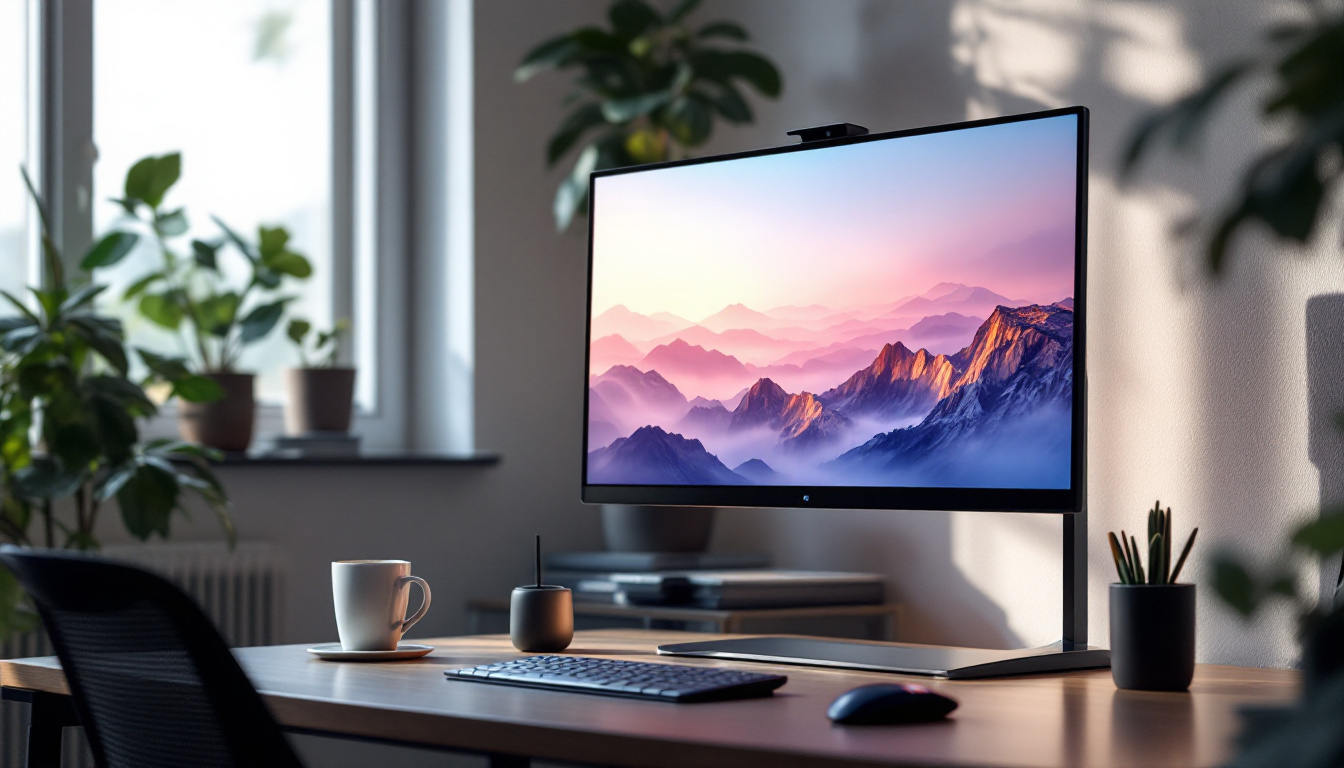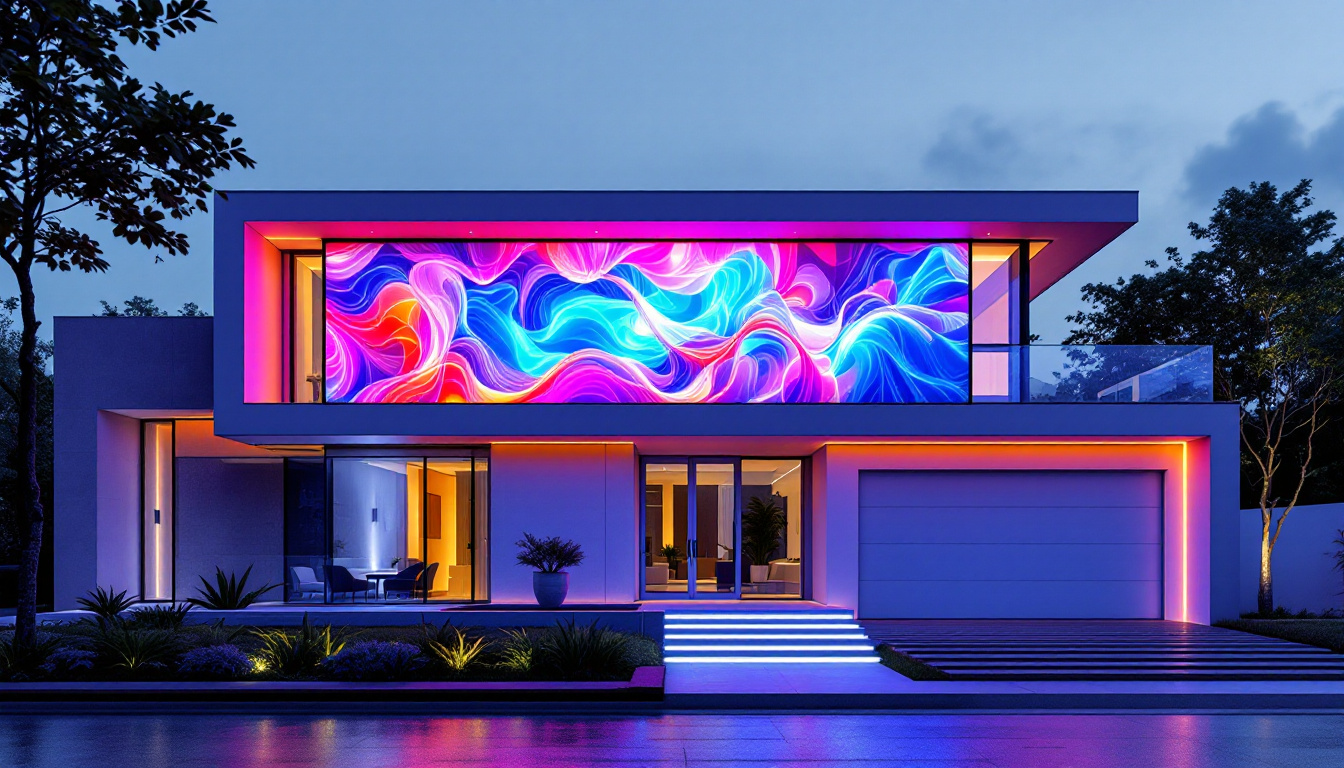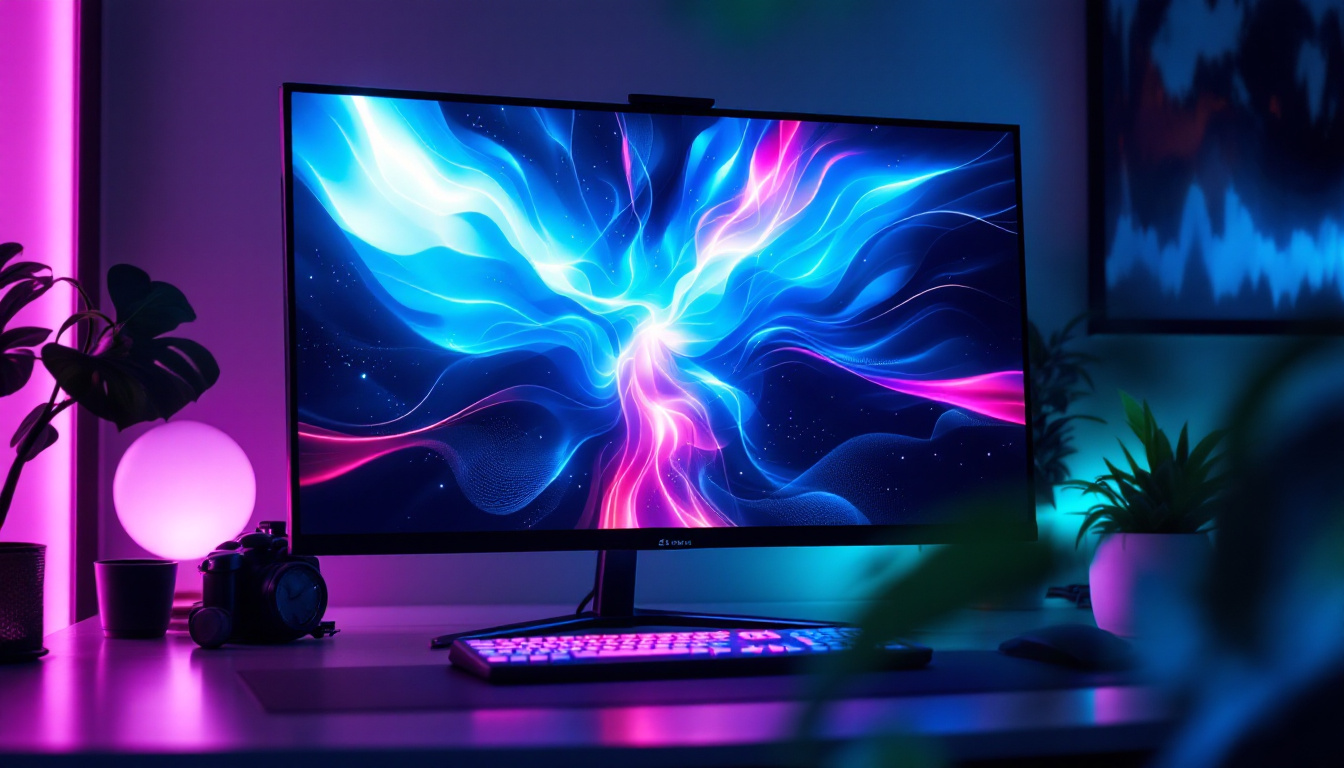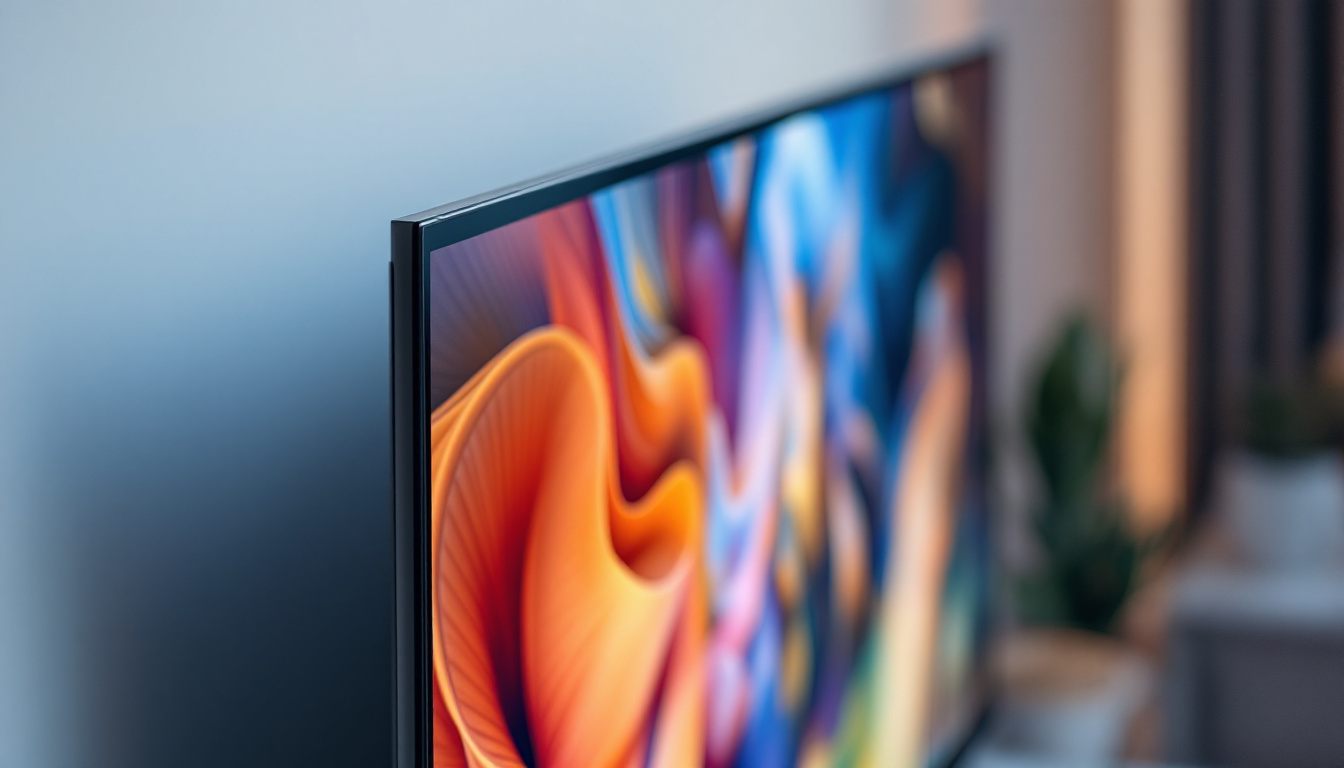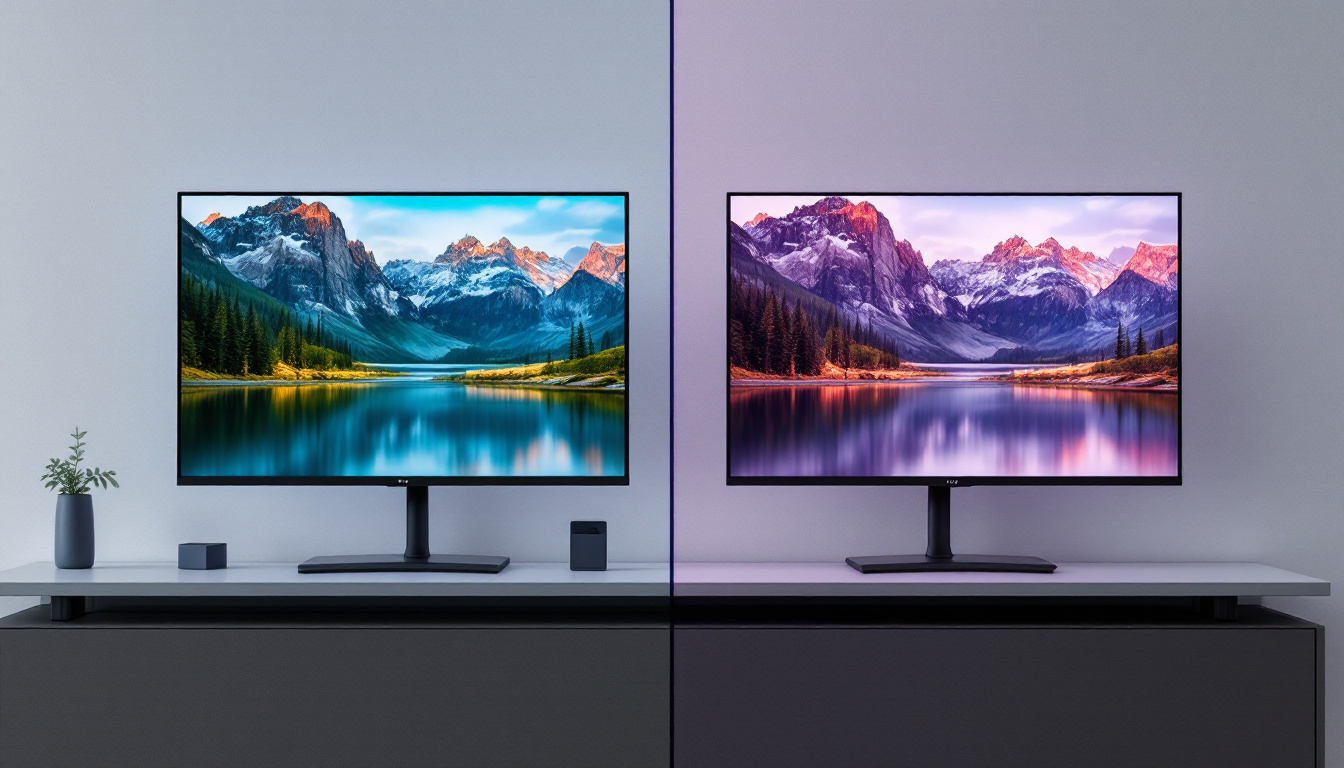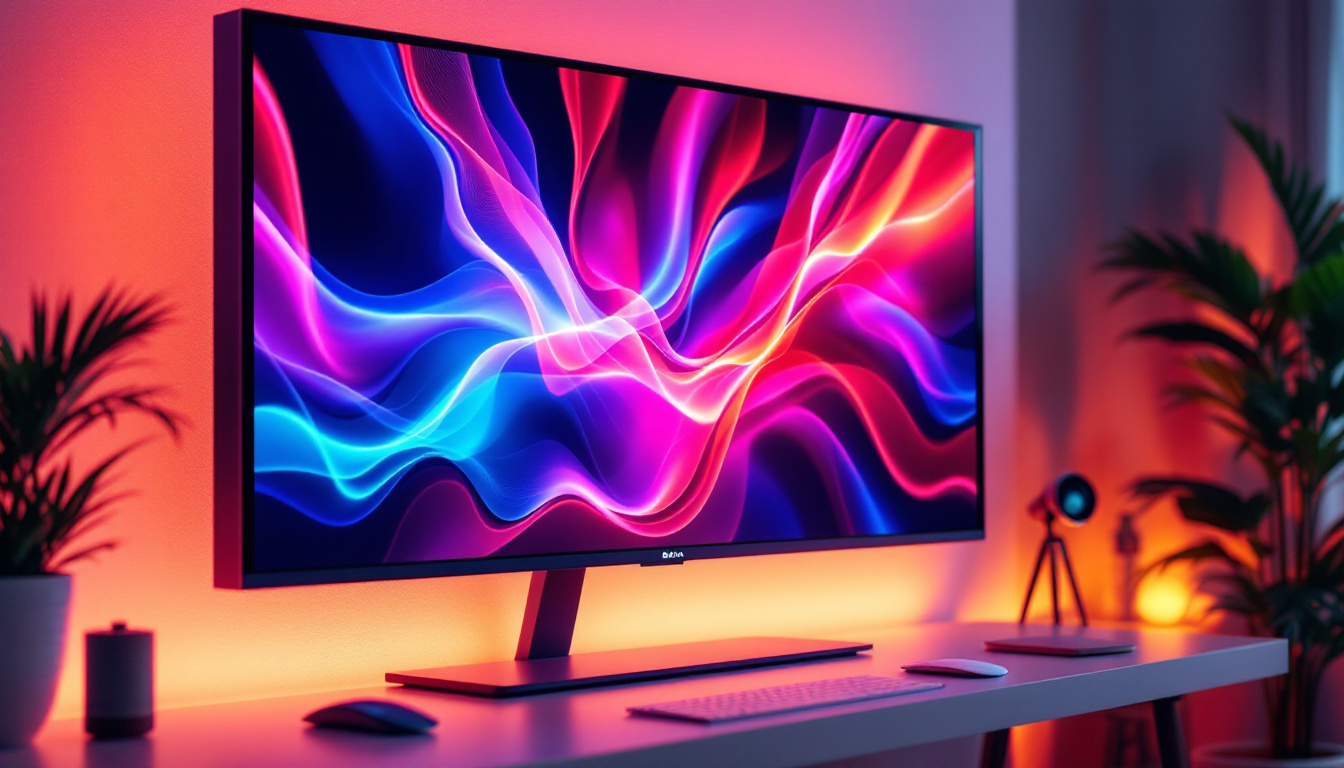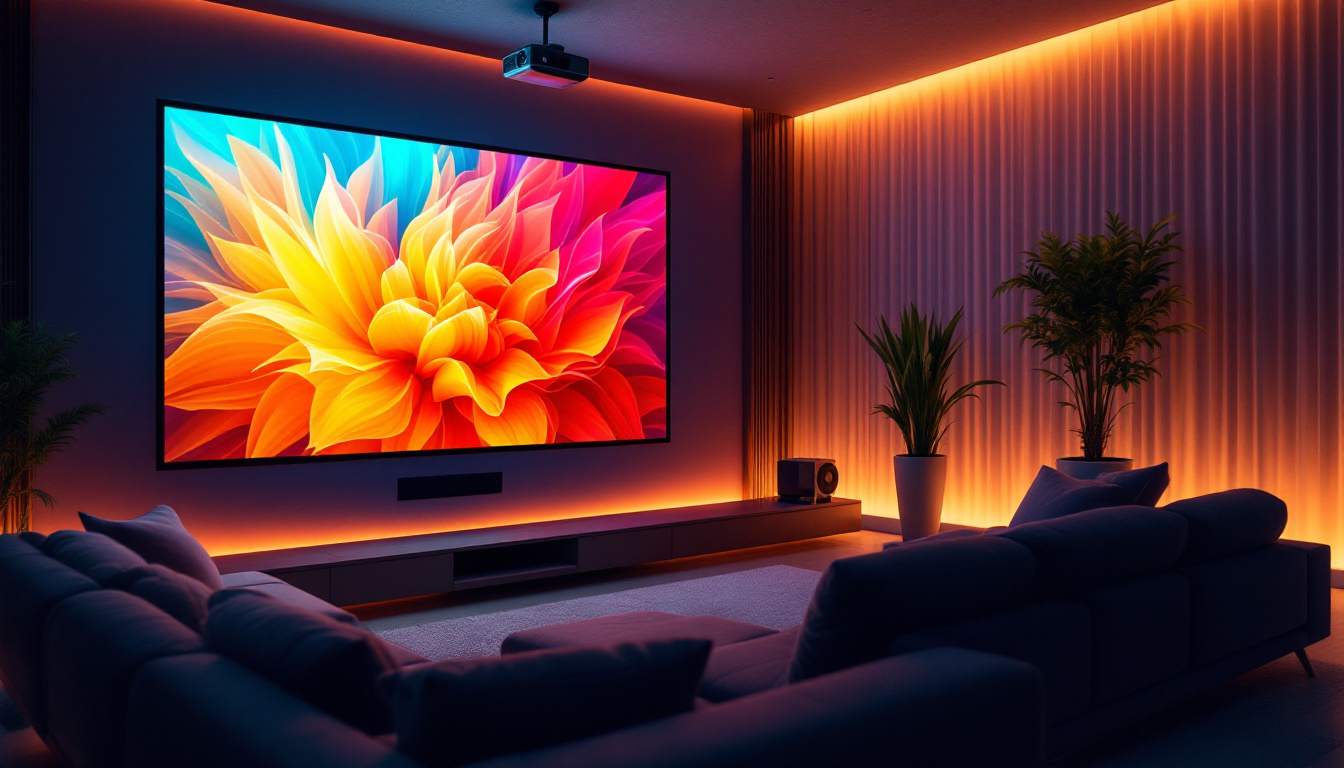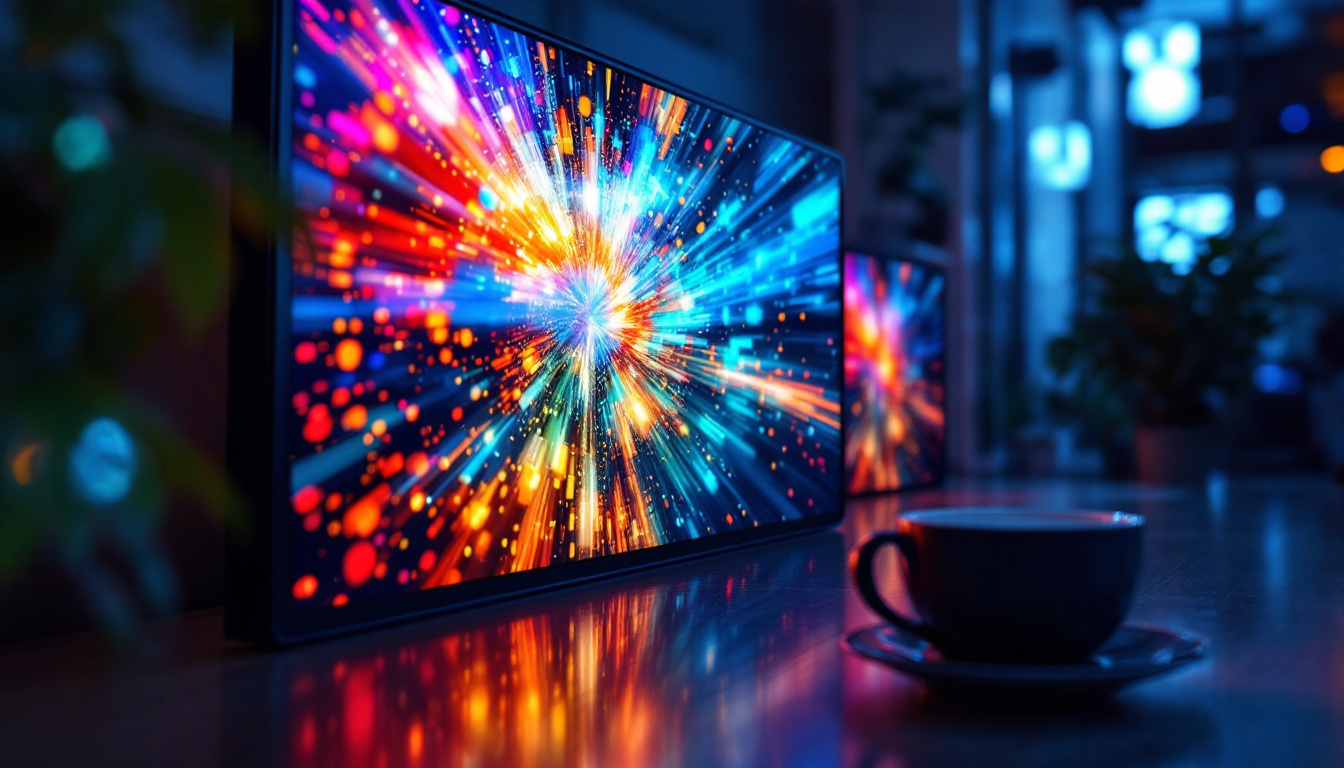32 Inch TV And Monitor: LED Display Explained
In today’s digital age, the lines between televisions and monitors have blurred significantly. The 32-inch screen size has emerged as a popular choice for both home entertainment and professional use, thanks to its versatility and compact design. This article delves into the intricacies of LED displays, exploring their technology, benefits, and applications in both TVs and monitors.
Understanding LED Technology
LED, or Light Emitting Diode, technology has revolutionized the way visuals are displayed. Unlike traditional LCD screens that rely on fluorescent backlighting, LED displays utilize an array of tiny diodes to produce light. This fundamental difference contributes to several advantages, making LED displays a preferred choice for many consumers.
How LED Displays Work
At the core of LED technology is the concept of backlighting. In an LED display, the screen is illuminated by a series of LEDs, which can be either edge-lit or backlit. Edge-lit displays have LEDs positioned around the perimeter of the screen, while backlit displays feature a grid of LEDs behind the screen. This configuration allows for better brightness and contrast levels, enhancing the overall viewing experience.
Moreover, LED technology can achieve higher levels of brightness compared to traditional LCDs. This capability is particularly beneficial in brightly lit environments, where maintaining visibility can be challenging. Additionally, the ability to control individual pixels in some advanced LED displays contributes to deeper blacks and more vibrant colors. This pixel-level control is especially noticeable in high-definition content, where the subtleties of shadows and highlights can be rendered with stunning clarity, making movies and games more immersive.
Types of LED Displays
There are primarily two types of LED displays: standard LED and OLED (Organic Light Emitting Diode). While standard LED displays utilize inorganic materials, OLED displays are made from organic compounds that emit light when an electric current is applied. This distinction leads to notable differences in performance.
OLED displays are known for their exceptional color accuracy, contrast ratios, and viewing angles. However, they tend to be more expensive than standard LED displays. For most users, especially those looking for a balance between performance and cost, standard LED displays remain an excellent choice. Additionally, advancements in LED technology have led to the development of Mini-LED and Micro-LED displays, which promise even greater color precision and energy efficiency. Mini-LEDs use smaller diodes to improve local dimming capabilities, while Micro-LEDs can create self-emissive pixels similar to OLEDs but with enhanced brightness and longevity, paving the way for a new era of display technology that could redefine visual experiences in both consumer and professional markets.
Benefits of 32-Inch LED Displays
The 32-inch size strikes a balance between compactness and usability, making it suitable for various settings. Whether used as a television in a small living room or as a monitor in a home office, the benefits of a 32-inch LED display are manifold.
Space Efficiency
One of the most significant advantages of a 32-inch display is its space efficiency. In urban environments where living spaces are often limited, a smaller screen size can be a practical solution. This size allows for easy placement on desks, shelves, or walls without overwhelming the space.
Furthermore, the portability of a 32-inch TV or monitor makes it easy to relocate as needed. Whether moving to a new apartment or rearranging a room, the lightweight nature of these displays simplifies the process. Additionally, many models are designed with slim bezels, maximizing the screen area while minimizing the overall footprint, making them even more appealing for tight spaces.
Versatile Usage
32-inch LED displays are incredibly versatile, serving multiple purposes. They can function as a television for streaming shows and movies, a gaming monitor for console or PC gaming, or even a display for presentations in a professional setting. This adaptability makes them a valuable investment for a wide range of users.
In addition, many modern 32-inch displays come equipped with smart features, allowing users to access streaming services, browse the internet, and connect to various devices seamlessly. This all-in-one functionality enhances their appeal, particularly for those seeking a multi-purpose device. Moreover, the high-definition resolution available in many of these displays ensures that whether you’re watching a movie, playing a game, or working on a project, the visual experience is crisp and engaging. The incorporation of advanced technology such as HDR (High Dynamic Range) further enriches the viewing experience by providing a broader spectrum of colors and improved contrast, making every scene more lifelike.
Comparing TVs and Monitors
While both TVs and monitors can feature LED displays, they are designed with different use cases in mind. Understanding these distinctions can help consumers make informed decisions based on their specific needs.
Resolution and Refresh Rate
Resolution and refresh rate are crucial factors that differentiate TVs from monitors. Most modern TVs, especially in the 32-inch range, come with Full HD (1920×1080) or even 4K (3840×2160) resolution options. However, monitors often offer higher refresh rates, typically ranging from 60Hz to 144Hz or more. This higher refresh rate is particularly beneficial for gaming and fast-paced video content, providing smoother motion and reducing blur.
For users who primarily watch movies or TV shows, a standard refresh rate may suffice. However, gamers and professionals who require precise visuals may prefer a monitor with a higher refresh rate, making it essential to consider usage when choosing between a TV and a monitor. Additionally, some high-end monitors now support refresh rates of up to 240Hz, which can provide an even more fluid experience in competitive gaming. This capability, combined with technologies like G-Sync or FreeSync, can virtually eliminate screen tearing, making the gaming experience more immersive and enjoyable.
Input Lag and Response Time
Input lag and response time are critical metrics for gamers and those who require immediate feedback from their displays. Monitors generally have lower input lag and faster response times compared to TVs, making them more suitable for gaming applications. This difference can significantly impact performance in competitive gaming scenarios, where every millisecond counts.
Conversely, TVs may have additional processing features that can introduce lag, which is often not noticeable during casual viewing but can hinder performance in fast-paced gaming. For users who prioritize gaming, selecting a monitor designed for low input lag is advisable. Furthermore, many modern monitors come equipped with features such as customizable crosshairs and built-in timers, which can enhance the gaming experience by providing tools that help players improve their performance. This level of specialization is often absent in TVs, which are generally designed for a broader audience and a variety of viewing experiences.
Choosing the Right 32-Inch Display
When selecting a 32-inch TV or monitor, several factors should be considered to ensure the best fit for individual needs. From display technology to connectivity options, making an informed choice can enhance the overall experience.
Display Quality
Display quality is paramount, particularly for those who value color accuracy and detail. Look for models that offer at least Full HD resolution, with options for 4K if budget permits. Additionally, consider the type of panel used; IPS panels typically provide better color reproduction and wider viewing angles compared to TN panels.
For users who prioritize vibrant colors and deep blacks, OLED displays are worth considering, though they may come at a higher price point. Assessing personal preferences and usage scenarios can guide the decision-making process. For instance, gamers might lean towards displays with higher refresh rates and lower response times, while movie enthusiasts may prioritize contrast ratios and HDR support for a more cinematic experience.
Connectivity Options
Connectivity is another critical aspect when choosing a 32-inch display. Ensure that the TV or monitor has the necessary ports to accommodate all devices, such as gaming consoles, streaming devices, and computers. HDMI ports are standard, but additional options like DisplayPort or USB-C can enhance versatility.
Furthermore, consider whether the display supports wireless connectivity options like Wi-Fi or Bluetooth. Smart TVs often come equipped with these features, allowing for seamless streaming and device integration. Additionally, built-in apps can provide access to popular streaming services, eliminating the need for external devices. For those who enjoy multitasking, features like Picture-in-Picture (PiP) can allow users to watch content from multiple sources simultaneously, making the viewing experience even more dynamic.
Conclusion
In conclusion, the 32-inch LED display serves as a versatile solution for both entertainment and productivity. With advancements in technology, these displays offer impressive picture quality, energy efficiency, and a range of features suitable for various applications. Whether used as a television or a monitor, understanding the nuances of LED technology and the differences between TVs and monitors can empower consumers to make informed choices.
As the demand for compact yet powerful displays continues to grow, the 32-inch size remains a popular option for those seeking a balance between performance and practicality. By considering factors such as display quality, connectivity, and intended use, users can find the perfect 32-inch LED display that meets their needs and enhances their viewing experience.
Discover LumenMatrix’s Advanced LED Displays
Ready to elevate your visual experience with a 32-inch LED display that embodies innovation and performance? Look no further than LumenMatrix, a pioneer in LED display technology. Our extensive range of solutions, from Indoor and Outdoor LED Wall Displays to specialized options like Vehicle LED Displays and LED Sports Displays, is designed to transform your space and captivate your audience. Embrace the future of visual communication with LumenMatrix’s cutting-edge digital signage and LED displays. Check out LumenMatrix LED Display Solutions today and witness how we can enhance your brand’s visibility and create unforgettable visual experiences.

